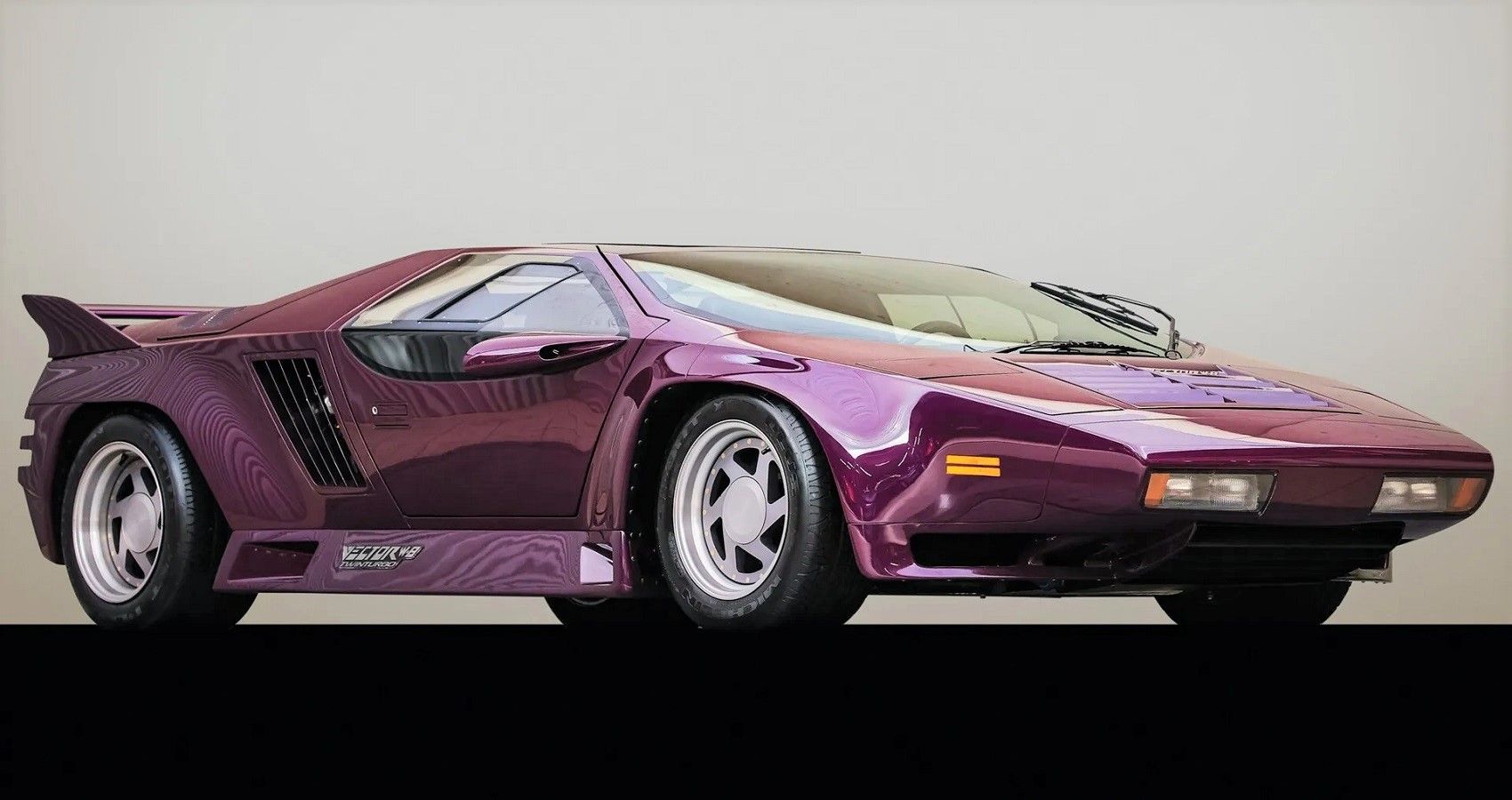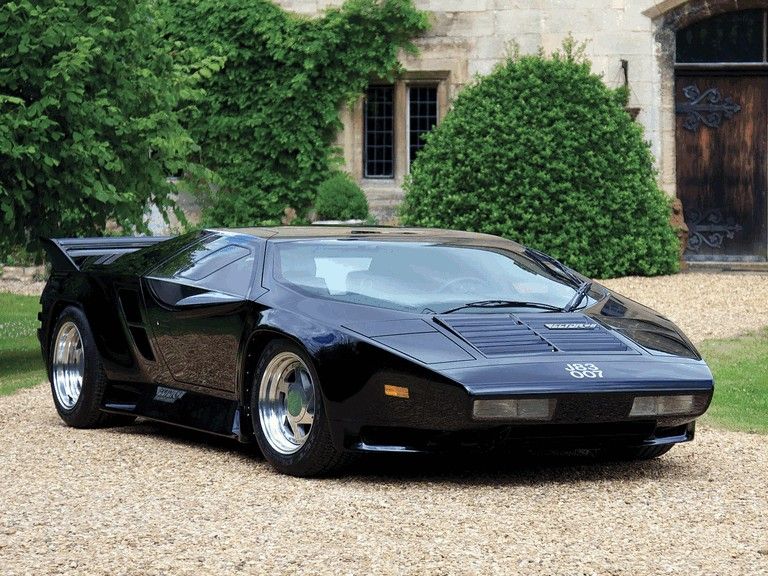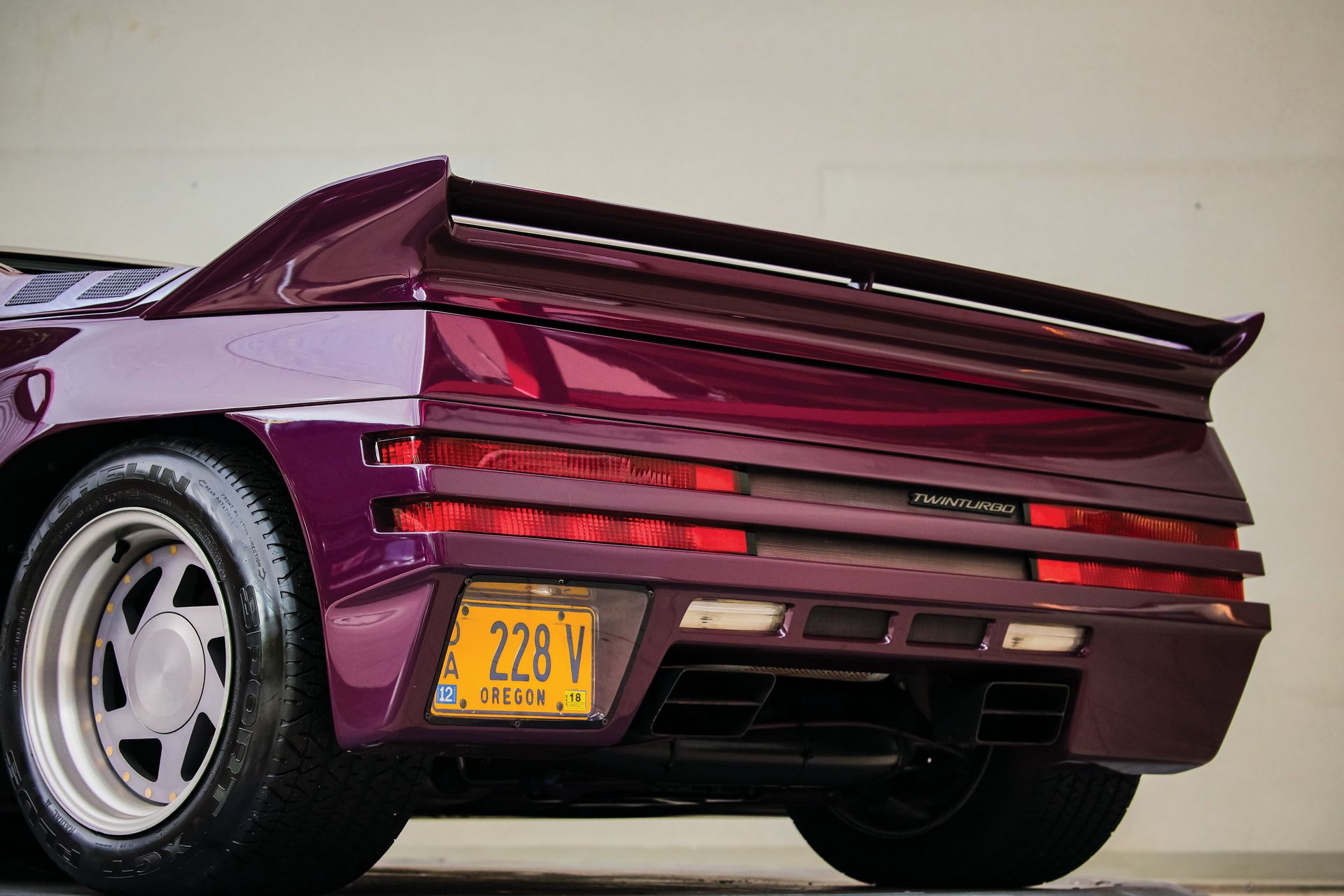The American supercar known as the Vector W8 is difficult to forget. Wedge-shaped and twin-turbocharged, the W8 epitomized the '80s and '90s era of radical automobile design. The Vector W2 was a prototype, while the W8 was the final product. Vector created a reputation for itself with the W8, even if it was never as well-received as rivals like Ferrari, Lamborghini, or Jaguar.
When it came to supercars, the Vector was up there with the most divisive models ever made. Fantastic claims about its performance and the out-of-the-ordinary technology it used sparked heated discussions. Jerry Wiegert, the founder of Vehicle Design Force in 1978, is the brains behind the Vector W8. It wasn't until 1987 that this would become the Vector Car. The W8 eventually got sold under the Vector Aeromotive brand, the company's new name.
Back in 1971, Wiegert drew out some concept sketches for what would become his very own supercar. After working for General Motors, Wiegert discovered his desire to establish his own automobile company. As a result, around the end of 1971, he entered into a partnership with Lee Brown of Precision Auto Body. The two settled on turning Wiegert's drawings into an actual vehicle. But a rift between the two of them was not long in coming.
The Vector W8 Had A Greater Top Speed Than The Ferrari F40
After Brown and Wiegert parted ways, the 1972 LA Auto Show display of the W2 was a static prototype without running gear or an interior. Brown's starting point for the W2 was a Porsche chassis with a mid-mounted flat-six. Throughout the 1980s, Wiegert tirelessly pursued funds in order to begin production of the W8. Finally, the first Vector W8 was officially ready for delivery at the end of 1990. The W8 had a top speed of 242 mph thanks to its twin-turbo 6-liter V8 producing 625 hp at 5,700 rpm and 649 lb-ft of torque at 4,900 rpm.
The Ferrari F40, with a maximum speed of 201 mph, was the only production vehicle capable of breaking the 200 mph mark at the time. According to the manufacturer, the supercar could sprint from 0 to 60 miles per hour in just 3.9 seconds. If accurate, this would have made it the quickest mass-produced vehicle of its time. However, those numbers were not checked and validated because all three of the automobiles Car and Driver received for testing had mechanical issues. On the other hand, Road & Track recorded times of 0-60 mph in 4.2 seconds and 100 mph in 8.3 seconds.
The absence of a gear change was to blame for this effortless acceleration. After exhausting all other options, the Vector settled for a three-speed automatic transmission manufactured by General Motors. The vehicle could reach 70 miles per hour in first gear, 137 miles per hour in second gear, and 218 miles per hour in third gear. The automatic transmission made it far more user-friendly than typical supercars, but it stubbornly refused to shift into third gear on regular streets. Another flaw is that no one would expect a modern supercar to have a rear suspension made of de Dion tubes.
The Exorbitant Price Of Vector W8 Was A Direct Result Of Its High-Quality Construction
In general, American publications were quite surprised by the Vector W's fantastic grip and balance. At the limit, meanwhile, it would demonstrate a modest understeer, so the handling was not frightening. The car's automatic transmission, light steering, and comfortable driver's seat made it surprisingly easy to operate, especially when compared to other supercars. Remarkably, the build quality was superior to that of its Italian competitors, with all parts and materials being of the highest standard.
It felt sturdy and durable, and its owners would appreciate its dependability. Leather, suede, or wool were some of the high-quality materials that got used to upholster the interior. The car had a high-tech climate control system and a Sony stereo with a ten-disc CD changer built into the dashboard. Power windows and electrically adjustable Recaro seats are two more examples of cutting-edge amenities. However, these things do not come cheap.
In three years, Wiegert produced only 22 vehicles. The W8's primary issue was how well-equipped it was. Without any cost-cutting measures, the W8 was extremely expensive, with the first production model costing a whopping $450,000. Unsurprisingly, Vector went bankrupt in 1993, but that is not the end of the story.
Unfortunately, Jerry Wiegert passed away in January 2021 at the age of 76. Before his passing, he was ready to debut a brand-new hypercar with 3,000 hp, 300 mph top speed, and a $3 million price tag. Today, despite its sad fate, Vector W8 continues to be one of the most extravagant supercars ever produced and is widely desired by collectors. The price of one that is in pristine condition tops $1.5 million.



